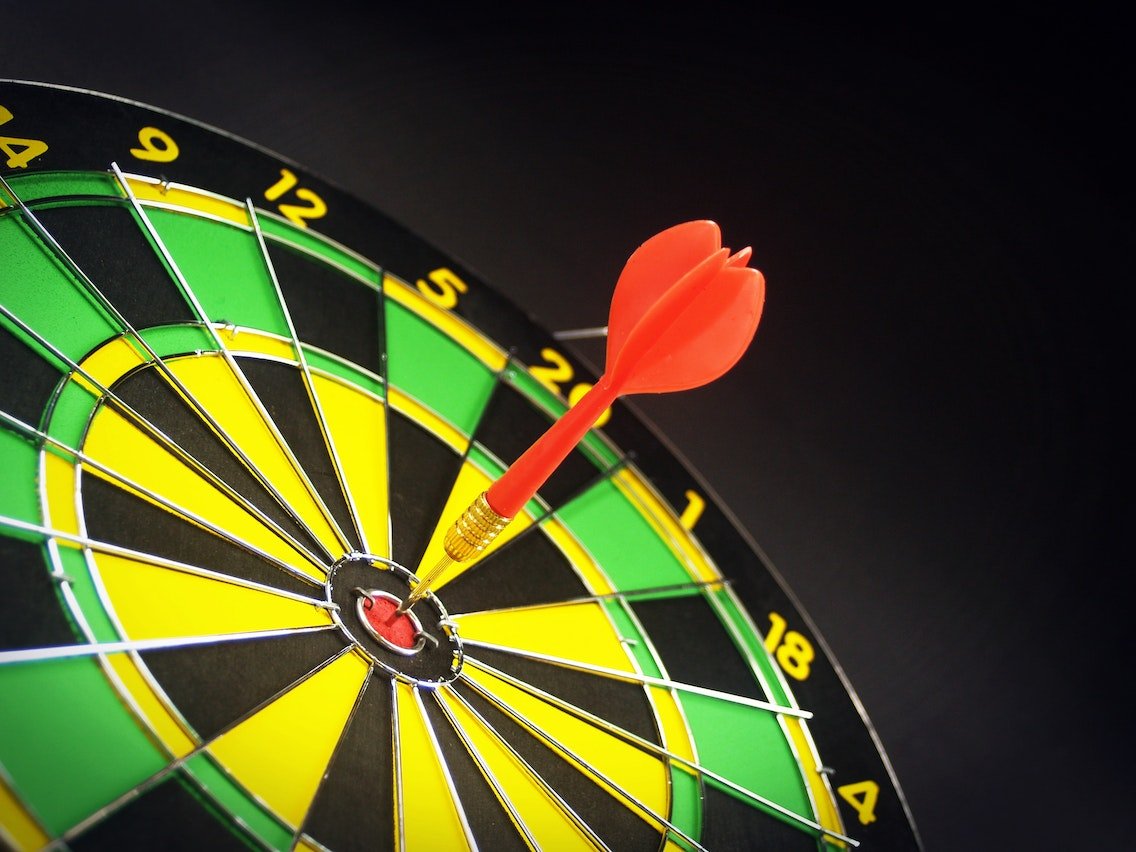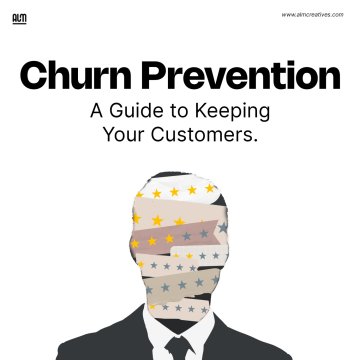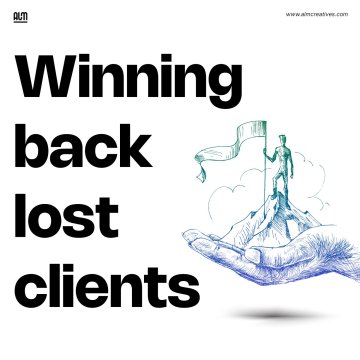Search
8 Tips for Identifying the Right Target Audience for your Brand
Marketing
Identifying your target audience is the first step toward creating a successful marketing strategy.
No matter how great your product is, if you aren’t targeting the right people, you won’t see any success with your marketing efforts.
Knowing who your target audience is and what they need helps you create content that satisfies their specific needs.
This saves your business time and resources by ensuring that all of your marketing efforts are focused on providing value to the right people.
So how do you identify the right target audience for your brand? Before I answer that, let’s make sure we understand what a target Audience is:
What is a Target Audience?

Your target audience is a group of people with similar characteristics who are most likely to purchase your products or services.
Using data and research, you can identify your ideal target audience, then create content that speaks directly to them.
This involves:
- Knowing which online platform they use frequently.
- Their demographic Information (age, location, Jobs, etc)
- Their Psychographic Information (Lifestyle preferences, behaviors, attitude, etc)
- Their customer issues does your product solve?
For example: If you own a business that sells sneakers, your target audience might be:
- People who enjoy running
- Live in the city
- Enjoy going to the gym
- Are in their 20s or 30s
- Pain Points: -They want a shoe that will last them for years, so they don't have to constantly buy new ones. -They want to look good while wearing the shoes.
Using this information, you can create specific content to target these people.
For example:
-You could make a video about how your sneakers are durable and comfortable for long-distance runners.
-You could create an infographic that shows the best shoes for different activities (running vs hiking vs biking).
-If you know they like running and live in the city, you could offer tips for running safely at night or provide information about local race events and so on.
Understanding the difference between a Target Audience and Target Market

Although both terms—target audience and target market—often are used interchangeably, they refer to different groups.
Your target market is the entire set of customers you plan to reach through your marketing while a target audience comprises part of that group.
Let's look at an example to make it clear:
If you sell eyeglasses online, your target market is everyone who needs prescription eyewear.
Examples of target audience segments would be people who want clear lenses with no tinting, people who need bifocals or progressive lenses, and so on.
Identifying the right target audience and market for your business is very crucial for your Business and shouldn’t be underestimated.
5 Types of Target Audiences

Statistics show that businesses that have a clear picture of their target audience are 2 times more likely to achieve their goals.
A well-defined target audience allows you to focus your marketing efforts, and make sure you are attracting the right people.
There are many types of target audience but in this article, we are going to focus on 5:
1. Everyone
This is the biggest possible target audience. It is a very broad market, and what makes it so appealing is that you can go for wide-scale marketing campaigns if you have deep pockets.
However, the problem with this approach is that it will not be very effective because your product or service will not be tailored to anyone specifically.
This approach is mostly used by very large companies with huge market shares.
2. Demographics
Demographics is a very narrow market and one of the most popular forms of targeting customers. It is based on factors such as age, gender, geographical location, income level, marital status, etc.
You can choose to target a specific group of people who have similar traits and interests to your product or service to appeal to them more effectively.
3. Existing Customers
This is a more cost effective and direct method to attract customers.
Existing customers are the people who have already purchased a product or service from you in the past.
By targeting existing customers, you can easily turn them into repeat buyers if the products and services they purchased from your company met their needs.
4. Location
The location of the consumer can be used as a targeting method. For example, if you run an online shop for shoes and your potential customers are located in theCameroon, then you can target ads towards people who live in Yaounde or Douala.
5. Behaviors
Behaviors such as shopping habits, interests, hobbies etc can also be used to target consumers using Facebook Ads and other forms of advertisement.
For more types of Target Audience, check out this Blog.
How to Identify the right Target Audience for your Brand
Now that we've covered the basics, let's talk about actual strategies for finding your target audience.
1. Review your existing customer base
This is the most obvious place to start. If you already have a customer base or some form of audience, you should be able to identify trends in their demographics and interests.
This can help with your initial targeting efforts since it will give you an idea of who may be interested in your products or services.
2. Create Buyer Personas
In order to get a better idea of who your ideal customer is, you should create buyer personas.
A buyer persona is an imaginary representation of your ideal customer. It will include information such as their demographics, interests and behaviors.
This can help you more effectively target potential customers because it allows you to tailor your product or service offerings specifically for them.
In order to create a Buyer Persona, you need to think carefully about the following:
- Demographics: age, location, gender, and language preferences, etc.
- Behaviors: interests, preferences, etc.
3. Understand who does not belong to your audience
Understanding who does not belong to your audience is just as important as understanding who does.
This will help you focus on the right people and avoid wasting time marketing to people that are unlikely to be interested in what you have to offer.
For example, if you run a small business selling clothing for children aged 0-2 years old, if you understand who doesn’t belong to your audience, then you wouldn’t waste your time marketing to parents of toddlers aged 2-5 years old.
4. Research Industry Trends
Researching industry trends is another important step in understanding and identifying your audience. You can learn about what your competitors are doing and what’s working for them.
This will help you identify opportunities, such as new products or services that would appeal to your audience.
5. Avoid Assumptions
Most businesses when starting assume who their audience is and what they want.
But this can lead down the wrong path, wasting time and money on marketing efforts that don’t resonate with potential customers.
Don’t assume that people care about your brand or product until you have sufficient proof that they do.
6. Conduct Market Research
Market research is a great way to get insight into your target market and its needs. You can do this through interviews, surveys, focus groups, or online forums.
The key here is to ask questions that will help you understand what people are looking for in your industry and how they feel about products like yours.
For more info on how to conduct market research effectively check out this article.
7. Understand Pain Points
Understanding your target market’s pain points is the first step to creating a product that solves their problems.
For example, if you’re selling a weight loss supplement, you need to know what people are struggling with when it comes to losing weight and how they feel about current products in their category.
8. Listen to Existing Customer Feedback
Use customer feedback to learn more about how current customers view and use your product. Ask them why they bought the product, so you can gather valuable information when marketing it to prospective buyers.
Later on, study your current customers' feedback to help you define the type of client or customer that you're aiming for.
Get down to business, and start marketing to the right target audience
When you know who your target customers are, marketing becomes much easier.
Your ads will be more effective if they're targeted toward people most likely to buy from you—rather than being aimed at everyone within a geographic area or demographic group.
Conclusion
If you enjoyed this article, make sure to check our News Page for more.
If you are looking for an Agency to help you research and identify the right target audience for your business, you can Hire the service of ALM Creative Studios.




